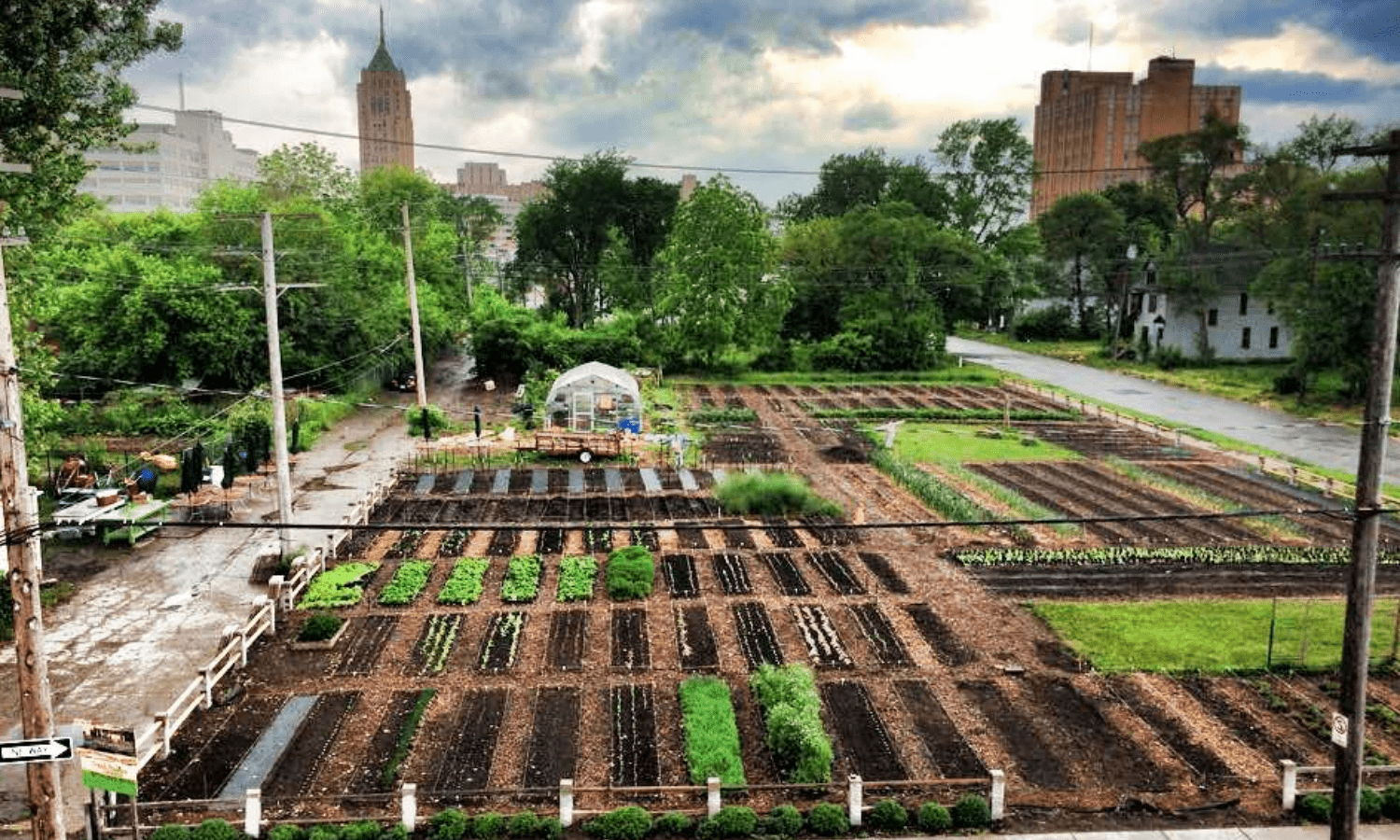In the midst of bustling cityscapes and concrete jungles, urban gardening offers a welcome respite—a chance to connect with nature, cultivate green spaces, and reap the rewards of homegrown produce. From rooftop gardens and community plots to balcony planters and indoor gardens, there are endless opportunities to transform urban spaces into thriving oases of greenery and life. In this article, we’ll delve into the fascinating world of urban gardening and provide tips on how to grow your own oasis, no matter how limited your space may be.
- Assess Your Space and Resources:
- The first step in urban gardening is to assess your available space, whether it’s a balcony, rooftop, backyard, or windowsill. Consider factors such as sunlight exposure, water access, and available time and resources for maintenance. Determine the size and scope of your garden based on your space constraints and gardening goals.
- Choose the Right Plants:
- Select plants that are well-suited to your climate, growing conditions, and available space. Consider factors such as sunlight requirements, water needs, and the size of mature plants. Opt for compact or dwarf varieties of vegetables, herbs, and flowers that are ideal for small spaces and container gardening.
- Start Small and Experiment:
- If you’re new to gardening, start small and experiment with a few plants or containers to gain confidence and experience. Begin with easy-to-grow crops such as salad greens, herbs, cherry tomatoes, or peppers, and gradually expand your garden as you become more comfortable with the process.
- Choose the Right Containers:
- Select containers that are suitable for the size and type of plants you plan to grow. Choose containers with adequate drainage holes to prevent waterlogging and ensure proper root aeration. Consider using recycled containers such as pots, buckets, or crates, or invest in decorative planters that complement your urban aesthetic.
- Provide Adequate Sunlight:
- Most plants require a minimum of 6-8 hours of sunlight per day to thrive, so choose a sunny location for your garden whenever possible. If your space is limited or shaded, opt for plants that tolerate partial shade or invest in grow lights to supplement natural sunlight for indoor gardens.
- Use Quality Soil and Fertilizer:
- Use high-quality potting mix or soilless growing medium to provide optimal nutrition and drainage for your plants. Consider adding organic compost, worm castings, or slow-release fertilizer to enrich the soil and promote healthy growth. Be sure to follow recommended guidelines for fertilizing and amending soil based on plant needs.
- Water Consistently and Wisely:
- Proper watering is essential for the success of your urban garden. Water plants consistently to keep the soil evenly moist, but avoid overwatering, which can lead to root rot and other problems. Use a watering can, hose, or drip irrigation system to deliver water directly to the root zone and minimize water waste.
- Practice Pest and Disease Management:
- Keep an eye out for common pests and diseases that may affect your plants, such as aphids, slugs, powdery mildew, or fungal infections. Monitor your garden regularly for signs of damage or infestation, and take proactive measures to control pests and diseases using organic methods such as hand-picking, neem oil, insecticidal soap, or companion planting.
- Harvest and Enjoy Your Bounty:
- As your plants mature, harvest fruits, vegetables, and herbs regularly to encourage continued production and prevent overcrowding. Enjoy the fresh flavors and nutritional benefits of homegrown produce, and share your harvest with friends, family, or neighbors to spread the joy of gardening.
- Connect with the Community:
- Join local gardening groups, community gardens, or online forums to connect with fellow urban gardeners, share tips and advice, and exchange seeds or plants. Participate in gardening workshops, events, or volunteer opportunities to learn new skills and contribute to greening initiatives in your community.
In conclusion, urban gardening offers a rewarding and fulfilling way to connect with nature, beautify urban spaces, and grow your own food, even in the most limited of environments. By assessing your space and resources, choosing the right plants, starting small and experimenting, selecting the right containers, providing adequate sunlight, using quality soil and fertilizer, watering consistently and wisely, practicing pest and disease management, harvesting and enjoying your bounty, and connecting with the community, you can create your own oasis of greenery and life amidst the urban landscape. So roll up your sleeves, dig in the dirt, and let the magic of urban gardening transform your surroundings and nourish your soul.
